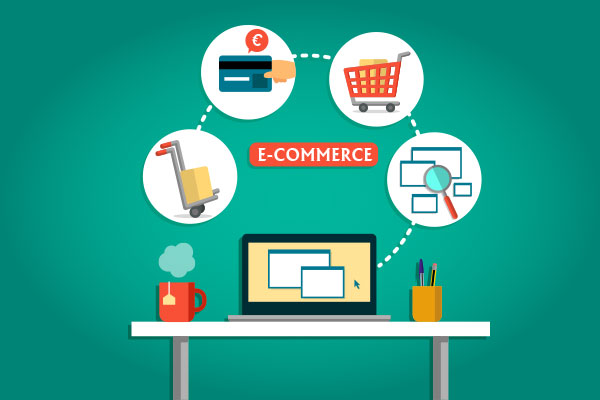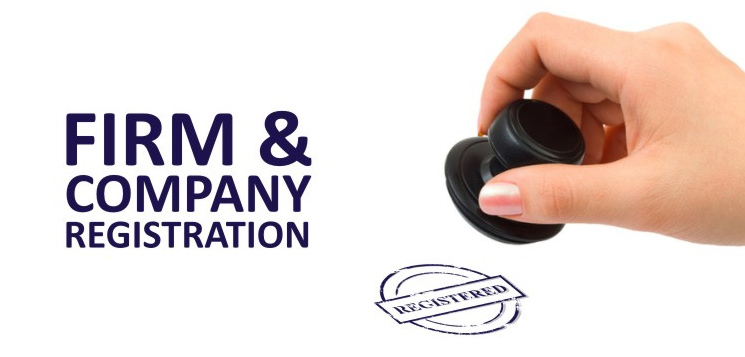by Alex Schnee
You have your business plan in place, you know how you are going to drop ship products or house your inventory, and now you are ready to jump in and design your site. Before you get started, though, you want to make sure that you will have all the elements you need and that you aren’t missing something valuable about your customers’ experience that could cause them to drop off.
Here are four things you might want to have in the back of your mind before you go ahead and jump into building your store.
1. Know your hosting
Where you decide to keep your e-commerce store can influence how well your business does a lot. If you plan on building out your site by scratch, then you might have to have some knowledge of development and be able to build the features you want on your own. On the other hand, if you choose to use a platform you have access to templates, but it might be much more difficult to add custom elements or implement your technical SEO strategy.
2. Consider your customer
Of course, your customer is going to be the one using your site most of the time, and you will want to keep that in mind when building out your pages. Take time to consider how they are going to get from one page to another, and how that will eventually lead to sales. This means designing a landing page that leads eventually to their cart and checkout. You’ll want to make it as simple as possible so they don’t get distracted or feel overwhelmed.
3. Know what features you need
Once you have an idea of how your customers will navigate your site, you’re going to want to think about if you need any other features. You can test these out with headless commerce, which allows you to separate both the front and backends of your site so you can make changes without having to completely redesign it. You can also see which features some customers use and which they don’t before you make decisions on the final experience. Again, make sure that you don’t overwhelm customers and remove the features that are unnecessary for them to complete a sale.
4. Keep it consistent
Nothing can be more frustrating to a user than arriving at a site with a number of different buttons, brand colors, fonts, and more. This can cause some huge problems when it comes to cognitive overload, and it can end up causing customers to go from your site to a competitor’s very quickly. You might want to put together a document with information about your color palette, type, and more for future reference—especially if you are planning on hiring someone to work on your site in the future.
In summary
The design of your e-commerce store can be one of the best ways to encourage sales and to establish a name for yourself in your industry. It’s worth taking some time out to thinking about your site and how you are going to approach certain design decisions.


